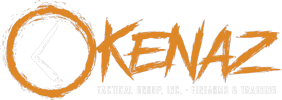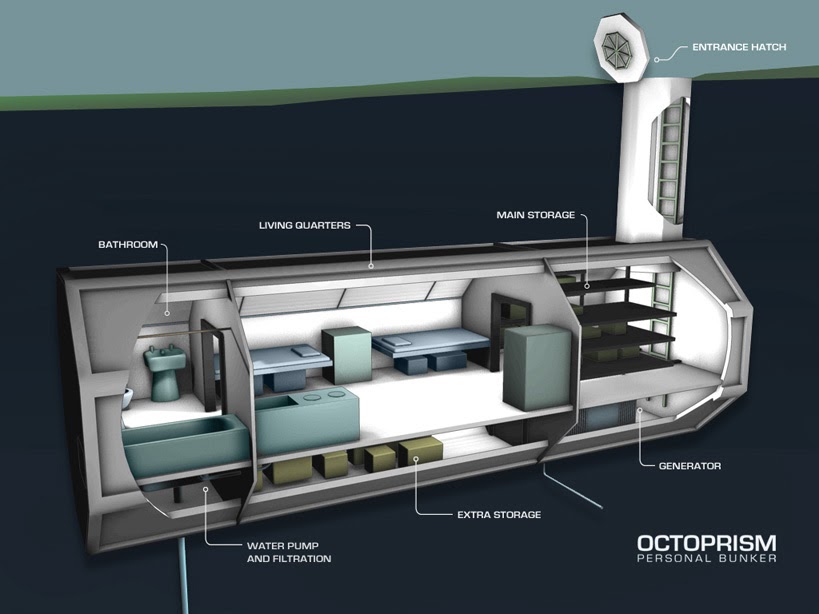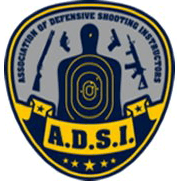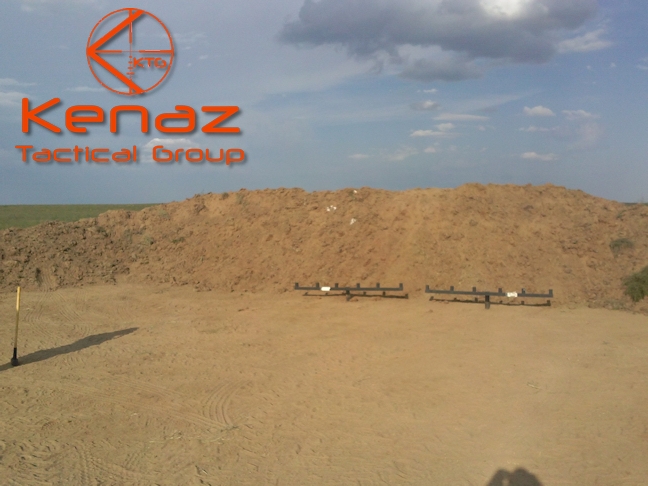I’m going to the range today
So you’re headed to the range, packing up your guns, ammo, targets, safety equipment, food, water, check – Ready to go. Great! Always good to go out and train. You’ve got everything, double check your gear and head out!
You get to the range, set up your target, get your gear ready and reviewed your safety rules. Now what?
I see it all too often, all set to go and bang, rounds start flying and you shoot a couple boxes of ammo, look at your targets, pat yourself on the back, pack up and go home. What was accomplished? In many cases it was a fun day of wasting ammo because we forgot one very important item when we packed up this morning, A PLAN.
While it’s important to get trigger time and practice your shooting, many of us forget the most important thing, WHAT am I actually going to train today? Just shooting at cans, watermelons, pumpkins, and targets, etc. while fun, provide no real training benefit.
The Plan
To improve ourselves and our skills in shooting, we first have to identify what our deficiencies are and tailor our training time to improving those areas. We also need to train to sustain skills already learned, one cannot train effectively without prior planning to maximize what for many are limited training opportunities.
Your plan should include at least the following:
- Skill or technique to be trained (what am I training?)
- Goal of training (what is the goal of the training? Why am I training this skill?)
- Method of measuring success (how do I measure improvement?)
- After action review of training (was I successful in training, what areas do I need to improve on)
- Record of training (record of date, time and type of training)
 By making a plan that includes the aforementioned items, one can define the skill to be trained, set a goal and measure your improvement in the particular skill or technique. The overall intent is to improve and while it might be more fun to run a mag dump on your new Carbine, it’s likely more beneficial to practice reloading drills or other skills which could someday save your life.
By making a plan that includes the aforementioned items, one can define the skill to be trained, set a goal and measure your improvement in the particular skill or technique. The overall intent is to improve and while it might be more fun to run a mag dump on your new Carbine, it’s likely more beneficial to practice reloading drills or other skills which could someday save your life.
Your plan does not have to be elaborate; simply writing out your plan in a simple format will suffice. The example below is written in a simple format and frames my 2 hour range session, provides the what, why and how I measure the training.
An example of my personal training plan for Fridays range session:
- 1 hour of fundamentals – Trigger press – goal to improve shooter induced errors – Improvement measured by POA / POI.
- 1 hour of defensive accuracy drills – improve speed of presentation and maintenance of defensive accuracy – improvement measured by shot timer and POA / POI on target – goal 9” group.
As you can see, concentrating on specific skills and setting goals maximizes your training time and improves skill in a particular area, it further saves ammunition, time and money!
Change up your training as well, don’t train to master a specific skill before moving to a new skill, train to improve that skill and move on per your plan. I can tell you from experience, 2-3 hours of fundamentals review though necessary, will burn you out quickly. Furthermore, don’t train only the skills you are good at or are ‘fun’. Shooting is a perishable skill, train often and always train to improve. Remember, practice doesn’t make perfect, PERFECT practice makes perfect.
As a final word of caution, if you do not understand a skill or are attempting to train a skill you have not previously leaned, GET PROFESSIONAL TRAINING prior to attempting a new skill or technique, note YouTube videos do not qualify as professional training! Train only skills which have been previously learned. Always remember the basic firearms safety rules and never shoot alone.
Robert Butler is the Owner and Chief Firearms Instructor for Kenaz Tactical Group and an NRA Certified Instructor in 6 disciplines. Robert also works in the Firearms industry as the Director of Product Development for Tactical Black Firearms and is a former auxiliary peace officer with the Colorado Mounted Rangers. Further, Robert is an 18 year veteran of the US Army and Army National Guard holding the MOS 12B and 13R.




